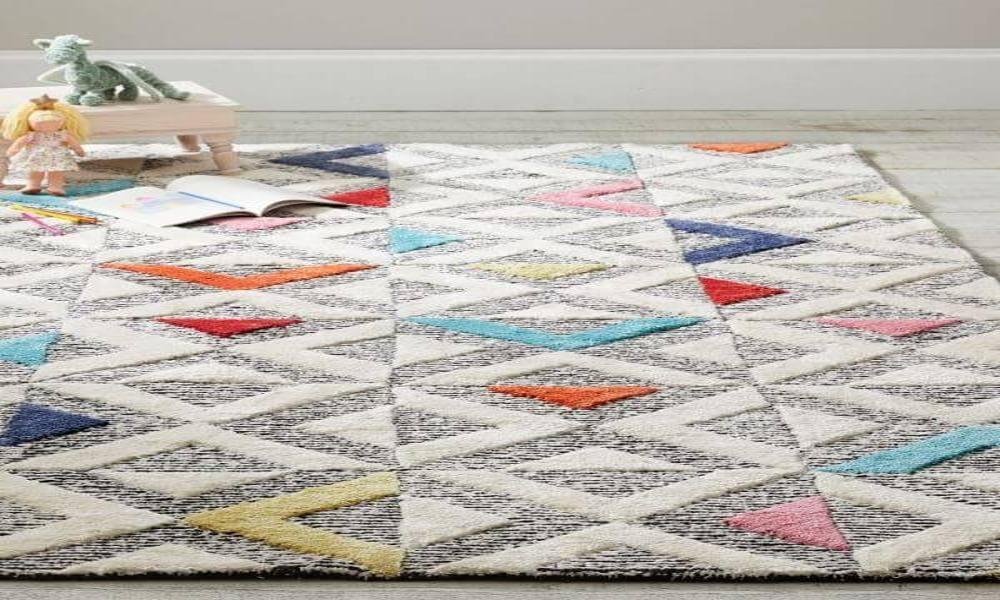Handmade rugs are a popular decorative item that can add beauty and character to any room. These rugs are made from a variety of materials, each with their own unique qualities and characteristics. In this article, we will explore the most common materials used in the making of handmade rugs.
Wool
Wool is the most commonly used material in the making of handmade rugs. It is a durable and resilient fiber that can withstand heavy foot traffic and retain its shape and texture for many years. Wool is also naturally stain-resistant and flame-retardant, making it an ideal material for rugs that will be placed in high-traffic areas such as living rooms and hallways.
Silk
Silk is a luxurious and delicate material that is often used to make high-end handmade rugs. It has a soft and silky texture that feels luxurious underfoot and adds a touch of elegance to any room. Silk rugs are typically more expensive than wool rugs due to the cost of the material and the amount of time it takes to make them.
Cotton
Cotton is a popular material for handmade rugs because it is affordable and easy to work with. It is a soft and lightweight fiber that is ideal for making flat-woven rugs such as dhurries and kilims. Cotton rugs are easy to clean and maintain, making them a popular choice for households with children and pets.
Jute
Jute is a natural fiber that is derived from the stem of the jute plant. It is a strong and durable material that is commonly used to make handmade rugs. Jute rugs have a rustic and natural look that is perfect for homes with a bohemian or coastal decor style. However, jute rugs can be prone to staining and should be placed in low-traffic areas to avoid excessive wear and tear.
Sisal
Sisal is a natural fiber that is extracted from the leaves of the agave plant. It is a strong and durable material that is ideal for making handmade rugs. Sisal rugs have a unique texture that feels rough underfoot, making them a popular choice for homes with a natural or rustic decor style. However, sisal rugs can be prone to staining and should be placed in low-traffic areas to avoid excessive wear and tear.
Synthetic fibers
Synthetic fibers such as nylon and polyester are also used in the making of handmade rugs. These materials are affordable and easy to work with, making them a popular choice for mass-produced rugs. However, synthetic fiber rugs are not as durable or resilient as wool or silk rugs, and they may not last as long.
In conclusion, handmade rugs are made from a variety of materials, each with its own unique characteristics and qualities. Wool is the most commonly used material, followed by silk, cotton, jute, sisal, and synthetic fibers. When choosing a handmade rug, it is important to consider the material, as well as the size, shape, and design of the rug, to ensure that it will complement your home decor and meet your needs.






